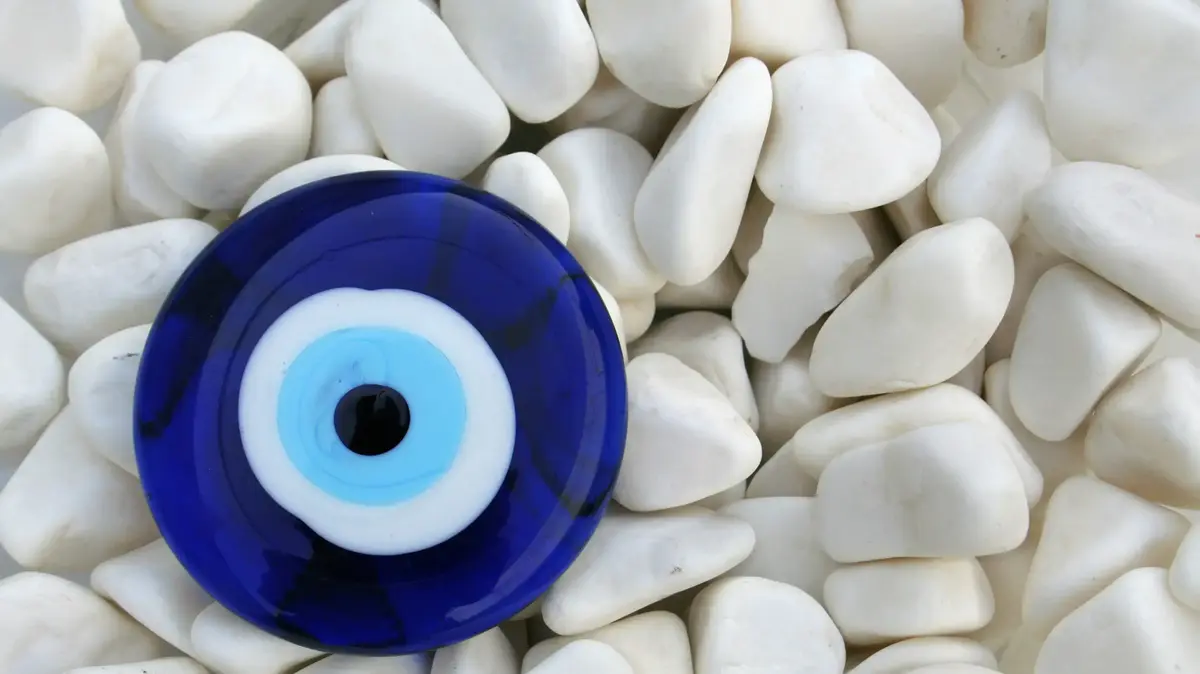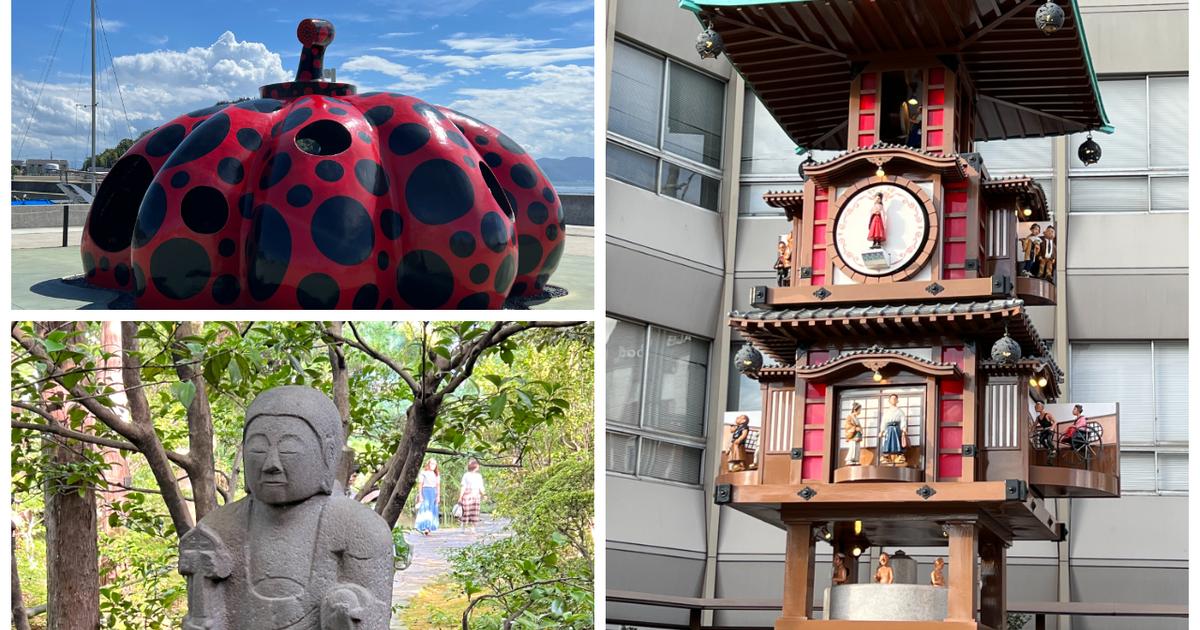A "killing stone" has split in half in Nikko National Park, Japan, allegedly releasing an evil nine-tailed fox spirit.
(CNN) --
The evil spirit of a nine-tailed fox is on the loose, after it broke free from a rock that was keeping it trapped, according to Japanese mythology.
A
Sessho-seki
, or "killing stone," was found split in half this month in Nikko National Park, about 100 miles north of Tokyo.
No one knows exactly what caused the stone to break.
But, the cold during the winter months could have contributed, explained Nick Kapur, an associate professor of history at Rutgers University in Camden, New Jersey.
Each winter, water was able to seep into the crack, freeze, and then expand, he explained.
However, many look to the myth for the cause of the breakdown, she added.
There are multiple versions of the legend.
But, Tamamo-no-Mae, the spirit of a nine-tailed fox, is believed to have been trapped in the rock for almost 900 years.
advertising
The history of the "suicide forest" in Japan
The legend of the "killing stone"
All the stories center around the retired Emperor Toba, who ruled Japan from 1107 to 1123.
Tamamo-no-Mae was known for her shapeshifting abilities.
So she transformed into a beautiful woman and caught the attention of the emperor, according to Kapur.
As he got closer to the emperor, he became seriously ill, Kapur continued.
And he added that, according to legend, a court astrologer used divination to determine that Tamamo-no-Mae was the culprit.
When her plan was foiled, she fled into the desert, shapeshifting to try to stay hidden, Kapur explained.
However, the samurai sent to search for her eventually caught up with the spirit of the fox, he added.
When one of the warriors shot an arrow at him, his physical form died, so his spirit turned into a stone, the expert said.
Legend has it that if someone touches the stone, they die.
Hence the name "killer stone," Kapur said.
There is no proof of the stone's supernatural abilities.
But its unique location may have substantiated the rumors, said Yoshiko Okuyama, a professor of Japanese studies at the University of Hawaii at Hilo.
The stone is found near several volcanoes, so the gases that are occasionally released may have killed some animals or humans over the years, he said.
See for the first time this image of "dancing ghosts" in space
The spirit turned hero
The rock became a popular and prominent tourist spot.
But, it pales in comparison to the spirit's fame, Okuyama said.
The spirit of the fox has made numerous appearances in modern Japanese media, often as the villainous character turned hero, he said.
"The latest manga and anime adaptations don't want to portray women in a misogynistic way," Okuyama said.
In older Japanese myths, stories centered on evil female spirits who wanted to undermine the power of men, Kapur said.
An omen for our times
After the stone was broken, people were quick to comment on the specific moment when the break occurred.
Many considered the event a bad omen, considering the pandemic and the war between Ukraine and Russia, Kapur said.
Others believed it was a good omen, saying she was released to stop Russian President Vladimir Putin and the war against Ukraine, she said.
"If you're in the mood to take this in a negative light, you can certainly do that. But if you want to put a positive spin on it, maybe this fox spirit is going to help us in this time of need," Kapur concluded.
Japan









